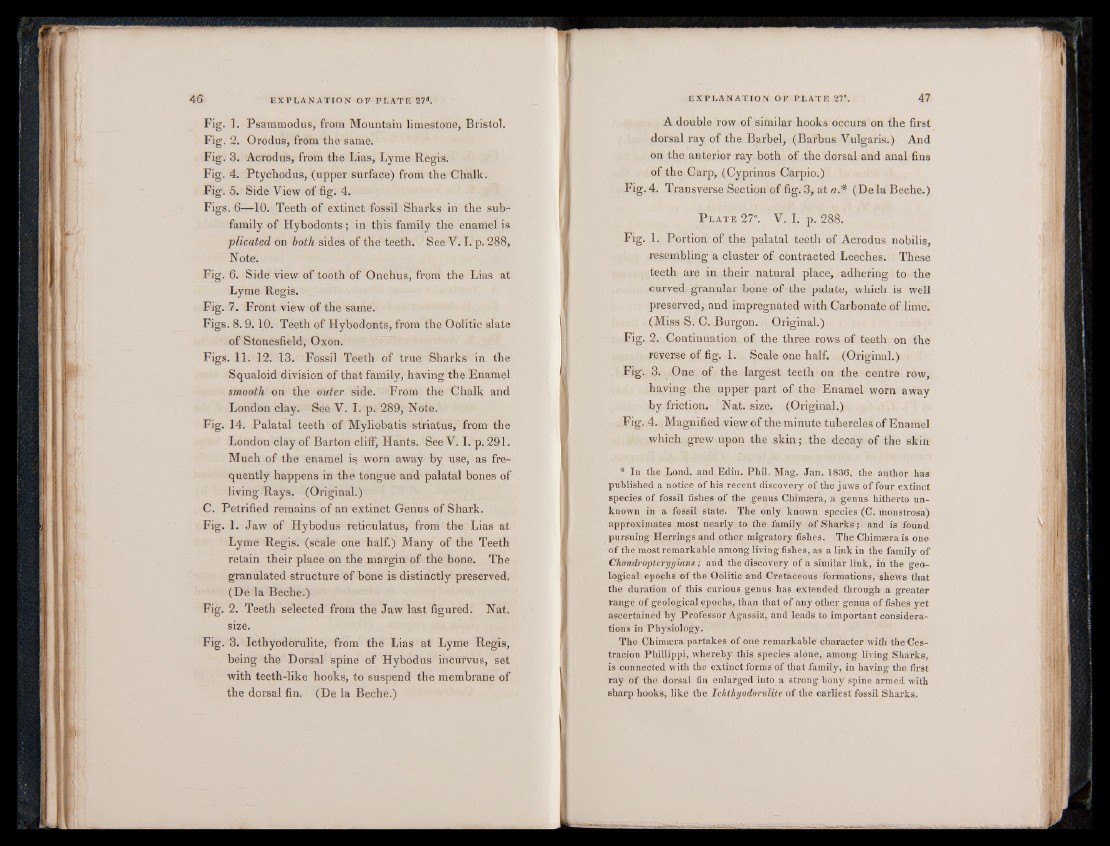
Fig. 1. Psammodus, from Mountain limestone, Bristol.
Fig. 2. Orodus, from the same.
Fig. 3. Acrodus, from the Lias, Lyme Regis.
Fig. 4. Ptychodus, (upper surface) from the Chalk.
Fig. 5. Side View of fig. 4.
Figs. 6—10. Teeth of extinct fossil Sharks in the subfamily
of Hybodonts; in this family the enamel is
plicated on both sides of the teeth. See V. I. p. 288,
Note.
Fig. 6. Side view of tooth of Onchus, from the Lias at
Lyme Regis.
Fig. 7. Front view of the same.
Figs. 8.9.10. Teeth of Hybodonts, from the Oolitic slate
of Stonesfield, Oxon.
Figs. 11. 12. 13. Fossil Teeth of true Sharks in the
Squaloid division of that family, having the Enamel
smooth on the outer side. From the Chalk and
London clay. See V. I. p. 289, Note.
Fig. 14. Palatal teeth of Myliobatis striatus, from the
London clay of Barton cliff, Hants. See V. I. p. 291.
Much of the enamel is. worn away by use, as frequently
happens in the tongue and palatal bones of
living Rays. (Original.)
C. Petrified remains of an extinct Genus of Shark.
Fig. 1. Jaw of Hybodus reticulatus, from the Lias at
Lyme Regis, (scale one half.) Many of the Teeth
retain their place on the margin of the bone. The
granulated structure of bone is distinctly preserved.
(De la Beche.)
Fig. 2. Teeth selected from the Jaw last figured. Nat.
size.
Fig. 3. Icthyodorulite, from the Lias at Lyme Regis,
being the Dorsal spine of Hybodus incurvus, set
with teeth-like hooks, to suspend the membrane of
the dorsal fin. (De la Beche.)
A double row of similar hooks occurs on the first
dorsal ray of the Barbel, (Barbus Vulgaris.) And
on the anterior ray both of the dorsal and anal fins
of the Carp, (Cyprinus Carpio.)
Fig. 4. Transverse Section of fig. 3, at a.* (De la Beche.)
P l a t e 27'. V. I. p. 288.
Fig. 1. Portion of the palatal teeth of Acrodus nobilis,
resembling a cluster of contracted Leeches. These
teeth are in their natural place, adhering to the
curved granular bone of the palate, which is well
preserved, and impregnated with Carbonate of lime.
(Miss S. C. Burgon. Original.)
Fig. 2. Continuation of the three rows of teeth on the
reverse of fig. 1. Scale one half. (Original.)
Fig. 3. One of the largest teeth on the centre row,
having the upper part of the Enamel worn away
by friction. Nat. size. (Original.)
Fig. 4. Magnified view of the minute tubercles of Enamel
which grew upon the skin; the decay of the skin
* In the Lond. and Edin. Phil. Mag. Jan. 1836, the author has
published a notice of his recent discovery of the jaws of four extinct
species of fossil fishes of the genus Cliimsera, a genus hitherto unknown
in a fossil state. The only known species (C. monstrosa)
approximates most nearly to the family of Sharks; and is found
pursuing Herrings and other migratory fishes. The Chimaera is one
of the most remarkable among living fishes, as a link in the family of
Chondropterygians; and the discovery of a similar link, in the geological
epochs of the Oolitic and Cretaceous formations, shews that
the duration of this curious genus has extended through a greater
range of geological epochs, than that of any other genus of fishes yet
ascertained by Professor Agassiz, and leads to important considerations
in Physiology.
The Cliimsera partakes of one remarkable character with the Ces-
tracion Phillippi, whereby this species alone, among living Sharks,
is connected with the extinct forms of that family, in having the first
ray of the dorsal fin enlarged into a strong bony spine armed with
sharp hooks, like the Ichthyodondite of the earliest fossil Sharks.